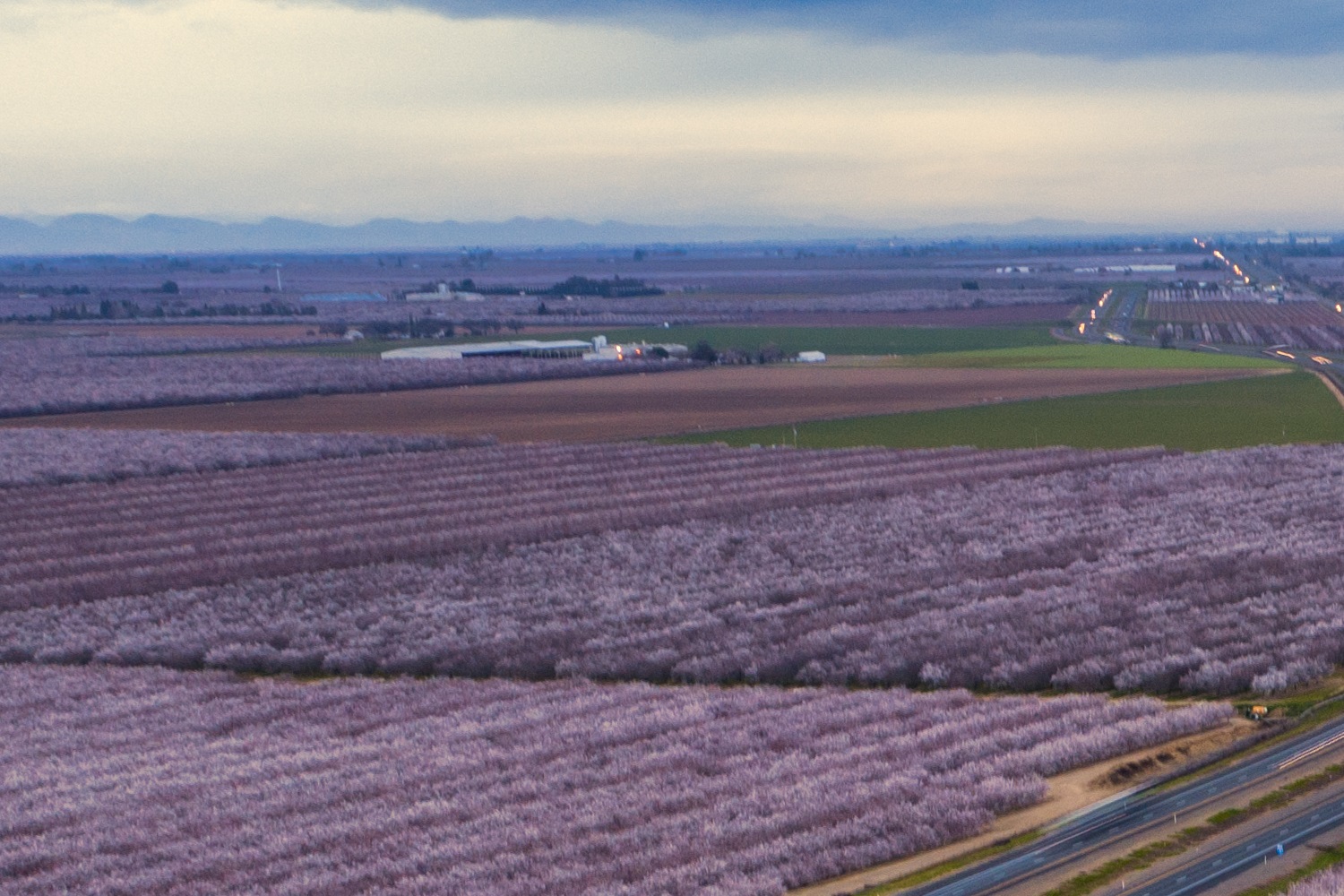
20th Century: Industrialization and Commercial Success
The early 20th century saw the industrialization of almond production in California. Advances in agricultural machinery, better irrigation infrastructure, and scientific research led to significant increases in almond yields. The development of frost-resistant almond varieties and the introduction of mechanized harvesting techniques further boosted productivity.
 The establishment of the California Almond Board in 1950 was a milestone for the industry. This organization played a pivotal role in promoting almonds, conducting research, and setting quality standards. Marketing campaigns, both domestic and international, helped raise awareness and demand for California almonds. As a result, California almonds became a staple in households and food industries around the world.
The establishment of the California Almond Board in 1950 was a milestone for the industry. This organization played a pivotal role in promoting almonds, conducting research, and setting quality standards. Marketing campaigns, both domestic and international, helped raise awareness and demand for California almonds. As a result, California almonds became a staple in households and food industries around the world.
California’s leadership in almond production was solidified as growers embraced innovation and collaboration. The combination of improved farming practices, coordinated marketing efforts, and an expanding global appetite for healthy nuts propelled California’s almonds to the forefront of the agricultural market.
21st Century: Dominating the Global Market
Today, California produces approximately 80% of the world's almonds, cementing its status as the global leader in almond production. The state's almond orchards cover over a million acres, primarily concentrated in the Central Valley. This region's unique combination of climate, soil, and water resources creates the perfect conditions for almond trees to thrive.
Technological advancements continue to drive the industry forward. Precision agriculture, using data and technology to optimize growing conditions, has led to even higher yields and more sustainable practices. Water-efficient irrigation systems and environmentally friendly farming methods are now integral parts of almond cultivation, addressing concerns about resource usage and environmental impact.
California almonds have become synonymous with quality, sustainability, and health benefits. The state’s ability to adapt to market demands and innovate with eco-conscious practices ensures its dominance as the top almond grower on the planet.
Challenges and the Future
Despite its success, the California almond industry faces challenges. Water scarcity, climate change, and changing consumer preferences require constant adaptation and innovation. Sustainable practices, such as using cover crops, reducing water usage, and adopting renewable energy sources, are becoming increasingly important.
Additionally, research into developing almond varieties that are more resilient to pests and diseases, as well as those that require less water, is ongoing. The industry is also exploring ways to reduce waste and improve the efficiency of almond processing. By addressing these challenges, California almonds can continue to thrive as a key component of the state’s agricultural output.
Conclusion
The history of California almonds is a remarkable journey from the Spanish missions to becoming a global agricultural powerhouse. Through perseverance, innovation, and the perfect growing conditions, California has established itself as the leader in almond production. As the industry continues to evolve and address modern challenges, it remains a vital part of California's agricultural heritage and economy.
Credits:



